Ph.D. students:

Mohammad Mazaheri
(Ph.D.)
Network Security

Behzad Khalaji
(Ph.D.)
Software Security

Vahid Moghiss
(Ph.D.)
Network Security

Masoud Ganjkhani
(Ph.D.)
Network Security

Maryam Mayabi
(Ph.D.)
Cloud Computing
MS.c. Students:

Fatemeh Abbasi
(M.Sc.)
A Stateful Algorithm for Optimizing FaaS Placement and Scheduling

Sajad Aqanasiri
(M.Sc.)
Vulnerability detection in smart contracts

Alireza Safafard
(M.Sc.)
Smart Contract between DataCenters

Mohammad Mahdi Teymourian
(M.Sc.)
Autoscaling of Serverless Functions

Hamidreza Bagheri
(M.Sc.)
Proactive Placement of IoT Applications in Mobile Fog Environments

Fateme Esmati
(M.Sc.)
Adaptive Service Function Chain Placement with AI-Driven Bottleneck Identification and Cloning for Delay Mitigation

Mostafa Jafari
(M.Sc.)
Adversarial Attacks on Android Malware Detection: Exploring Vulnerabilities and Enhancing Robustness

Alireza Yousefi
(M.Sc.)
Pattern-Based Optimization of Initial Service Function Chain Placement

Reza Ghazinour
(M.Sc.)
Improving the security of industrial control systems using internet search engine data

Hadi Fazelinia
(M.Sc.)
Adversarial Attacks against Dynamic Analysis based Malware Detection Systems

Homa Shirafkan
(M.Sc.)
Dynamic selection of cloud data center optimization objective

Ebrahim Farjamfard
(M.Sc.)
Anomaly Detection Using Conditional Generative Adversarial Networks and Transformer Based on System Logs

Amir Mohammad Karamzadeh
(M.Sc.)
Cold Start Latency Mitigation in Serverless Computing

Faezeh Montazerin
(M.Sc.)
A fluctuations-in-resource-demand aware virtual machine placement algorithm for cloud data centers

Arash Hadadi
(M.Sc.)
Intelligent countermeasure selection for Information security risk assessment

Negar Baharvand
(M.Sc.)
Service Function Chain Scheduling Problem in Edge Computing

Amin Bagheri
(M.Sc.)
Automating the translation of high-level security requirements for cloud users into an optimal placement model
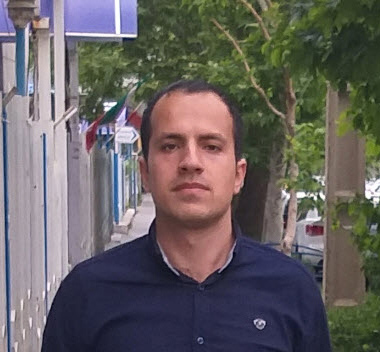
Mohammad Osmanpoor
(M.Sc.)
Energy efficient workflow scheduling in cloud computing environment

Parisa Kalaki
(M.Sc.)
Anomaly Detection on OpenStack Log Analysis

Ehsan Rasoulpour
(M.Sc.)
An Intelligent VM Placement Method for Minimizing Energy Cost and Carbon Emission in Distributed Cloud Data Centers
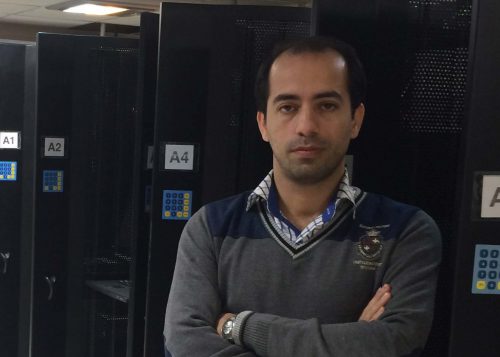
Mohammad Khanahmadi
(M.Sc.)
Performance Analysis in Microservice Architecture using OpenTracing

Sina Tamjidy
(M.Sc.)
Intelligent countermeasure selection for Information security risk assessment

Alireza Khajouei
(M.Sc.)
Incremental VM placement
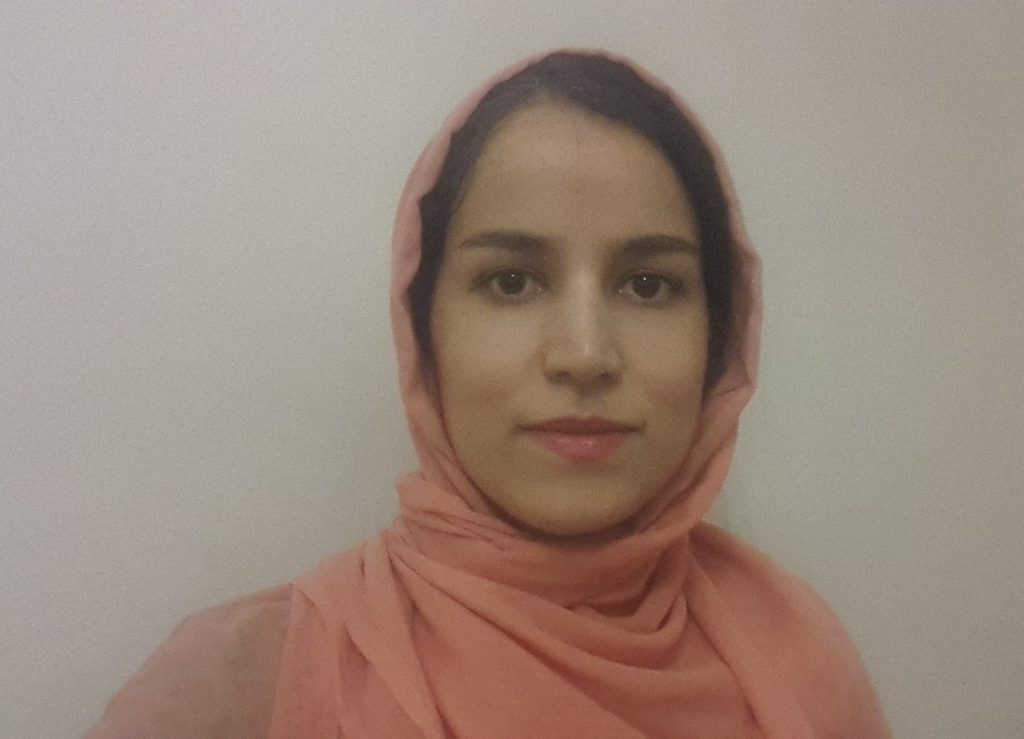
Sara Azizi
(M.Sc.)
Improving cvss vulnerability scoring

Puya Pakshad
(M.Sc.)
A security test oracle based on security features extracted from source-code

Niloofar Moradi
(M.Sc.)
Incremental NVF Optimal Placement
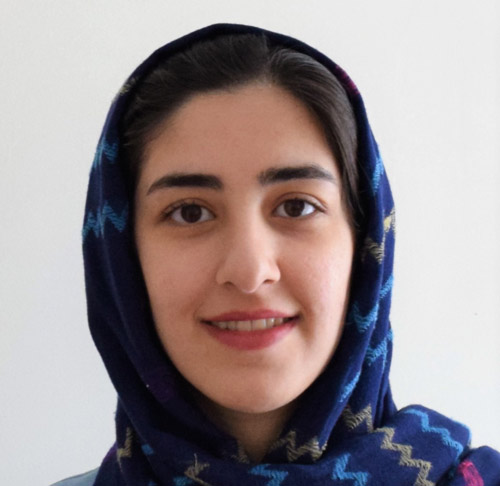
Sima Bagheri
(M.Sc.)
Firewall: Scaling up and down in cloud
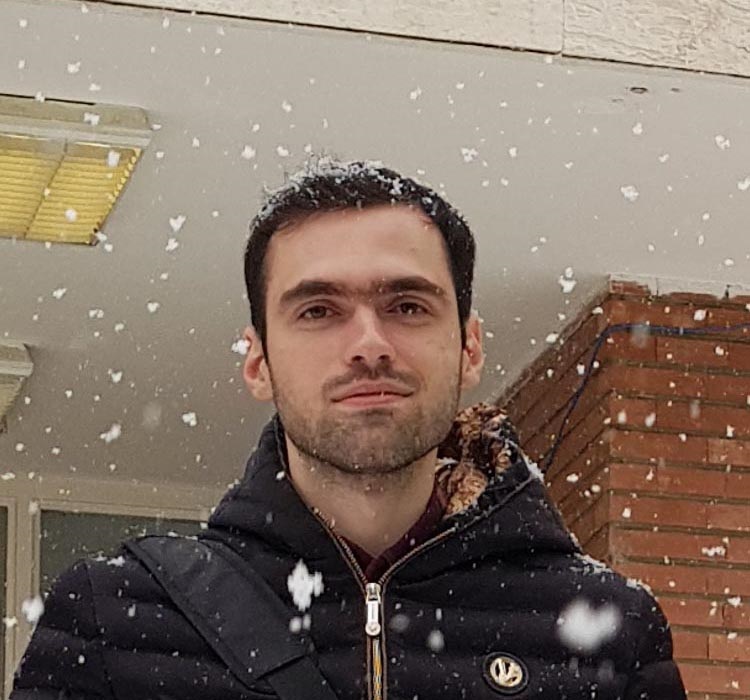
Ehsan Khodayarseresht
(M.Sc.)
Reducing Energy and Carbon Cost of Multiple Cloud Providers Using Cloud Federation and Solar Energy Prediction
2- A multi-objective cloud energy optimizer algorithm for federated environments
3- Energy and carbon-aware initial VM placement in geographically distributed cloud data centers